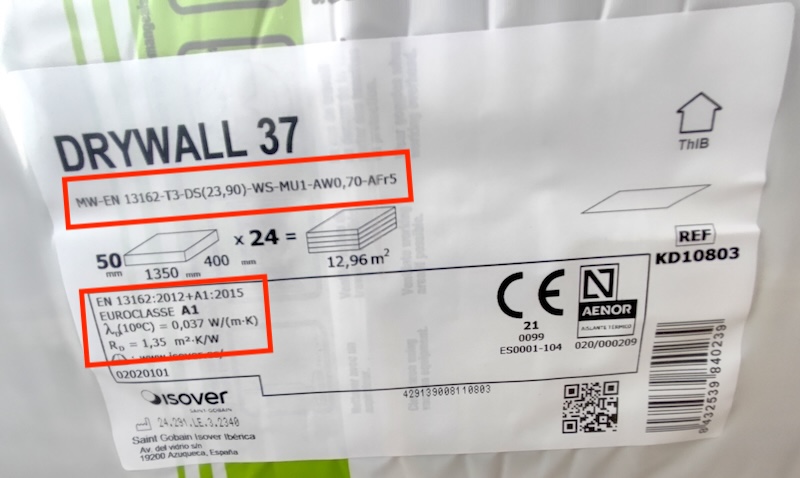Thermal insulation in buildings is one of the fundamental pillars for achieving more efficient, comfortable, and sustainable buildings.
By placing insulating materials in façades, roofs, floors, and partitions, heat transfer between the interior and exterior is reduced, lowering the need for heating in winter and cooling in summer (energy demand).
In this category, we have gathered articles that explain what thermal insulation is, what types of materials are commonly used—mineral wool, polystyrene, cellulose, cork, among others—and how they are applied in different construction solutions.
You will also find analyses of current regulations in Spain and Europe, as well as practical recommendations for designing and executing quality insulation in both new buildings and renovations.
Thermal insulation not only impacts energy consumption but also contributes to acoustic comfort, building durability, and the prevention of building pathologies such as condensation. Understanding the advantages and limitations of each material, as well as its performance throughout the life cycle, is essential for making the right decisions.
If you are interested in efficient construction and improving homes and buildings, this section offers useful information, real-world cases, and practical advice on how to apply effective thermal insulation that makes a real difference in energy savings and comfort.
Below is a list of all the posts published on this topic.

